bigcypresshunter said:
I wish someone had some old 120 film that could post the distance between notches and musclecar could see if it fits.
I believe you Peerless but I have heard other members say they were 100 percent sure before. We really do need a pic or link. Great diagram. BTW.
BSH, I get your thinking but the distance between the holes is much greater than the distance between the teeth.
The holes on the film which was 72 inches in length and only took 11-13 pictures were spaced, to indicate that you had moved to a blank piece of film.
If the holes were spaced at the same distance as the teeth you would only have a piece of film a few inches in length.
So as the film passed over the teeth, the teeth would pick up the hole and advance the number in the peep hole/window. So the owner could now test this even with a modern film, or even piece of card with holes in it.
The film was also made of some unstable material and was paper backed for some reason, when they changed the material used to make film they were able to remove the need for the paper backing, and so cameras were able to hold rolls that could take greater numbers of pictures, because they could now fit 2 times as much film in the same space.
The picture that someone kindly posted is in a newer type camera but almost perfectly shows how the one I took apart worked. Although I would guess mine predated the 1950s considerably.



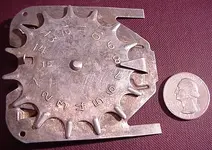
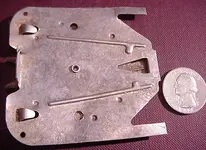
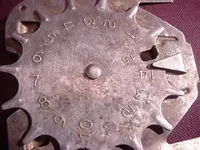




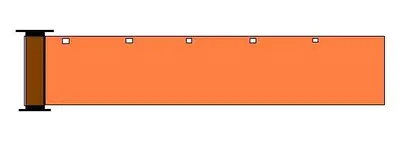
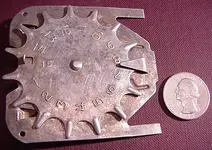
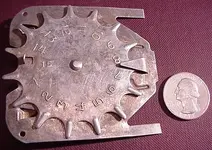
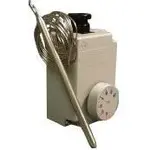
 8) I dont know if it would prove anything but Im with you.
8) I dont know if it would prove anything but Im with you.